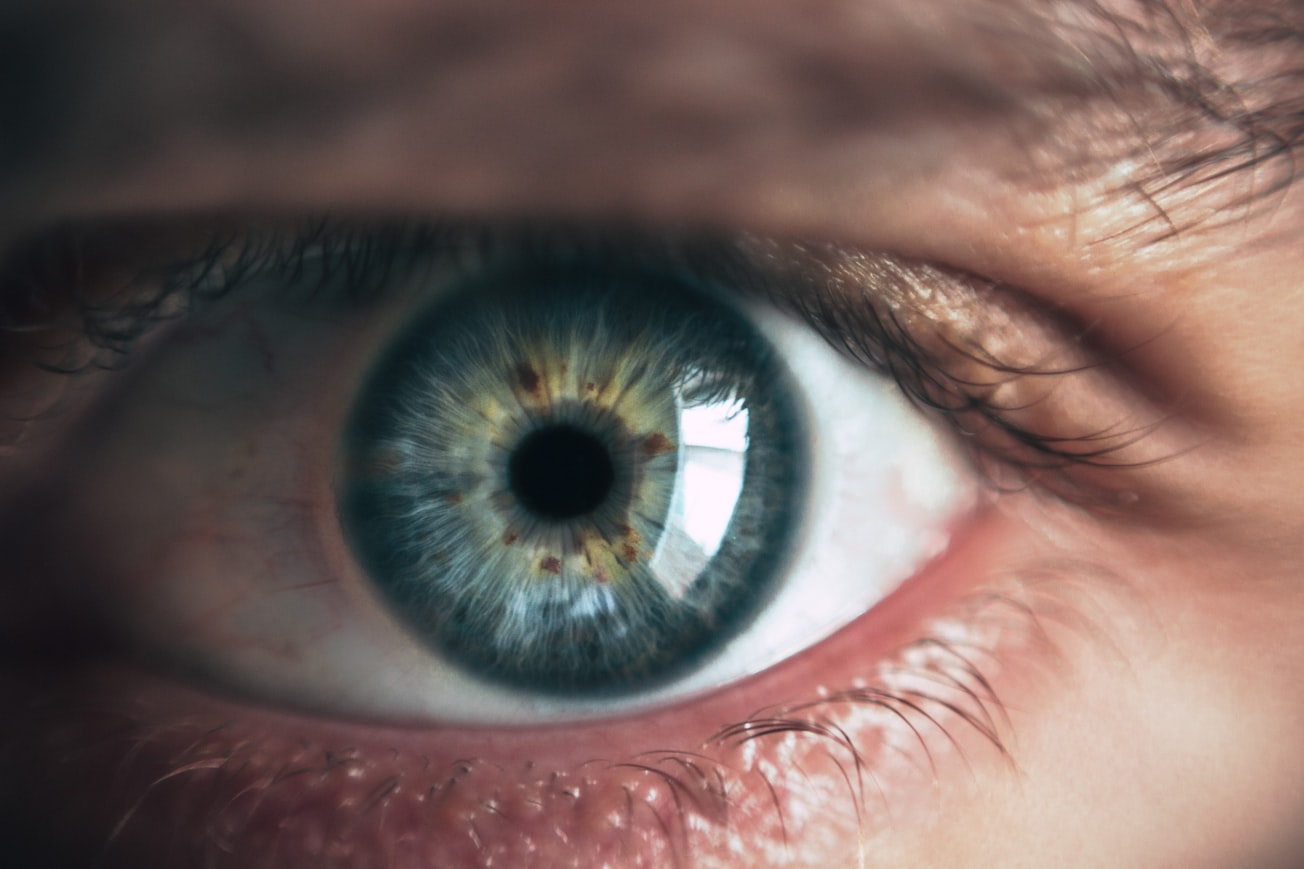What is it about?
Researchers have developed a new method for detecting blood vessels in retinal images using computer algorithms. The method uses a combination of techniques, including contrast enhancement and edge detection using fuzzy rules, to accurately identify blood vessels in the images. The researchers tested the method on several different datasets and achieved high levels of accuracy, demonstrating the method's effectiveness. The approach offers a flexible and dynamic way of detecting edges and contours in images, which could be useful in many different applications. The researchers suggest that their method could be a useful alternative to deep learning algorithms for image processing.
Featured Image

Photo by Victor Freitas on Unsplash
Why is it important?
The detection of blood vessels in retinal images is important because it can provide valuable information about the health of the eye and the body. For example, changes in the blood vessels of the retina can indicate the presence of diseases such as diabetes and hypertension, which can lead to vision loss or other health problems if left untreated. Computer algorithms that can accurately detect blood vessels in retinal images can help healthcare professionals make earlier and more accurate diagnoses, leading to better outcomes for patients. Additionally, the development of flexible and dynamic image processing algorithms like the one described in this research could have broader applications in fields such as computer vision and machine learning.
Read the Original
This page is a summary of: Fuzzy based image edge detection algorithm for blood vessel detection in retinal images, Applied Soft Computing, September 2020, Elsevier,
DOI: 10.1016/j.asoc.2020.106452.
You can read the full text:
Contributors
Be the first to contribute to this page







